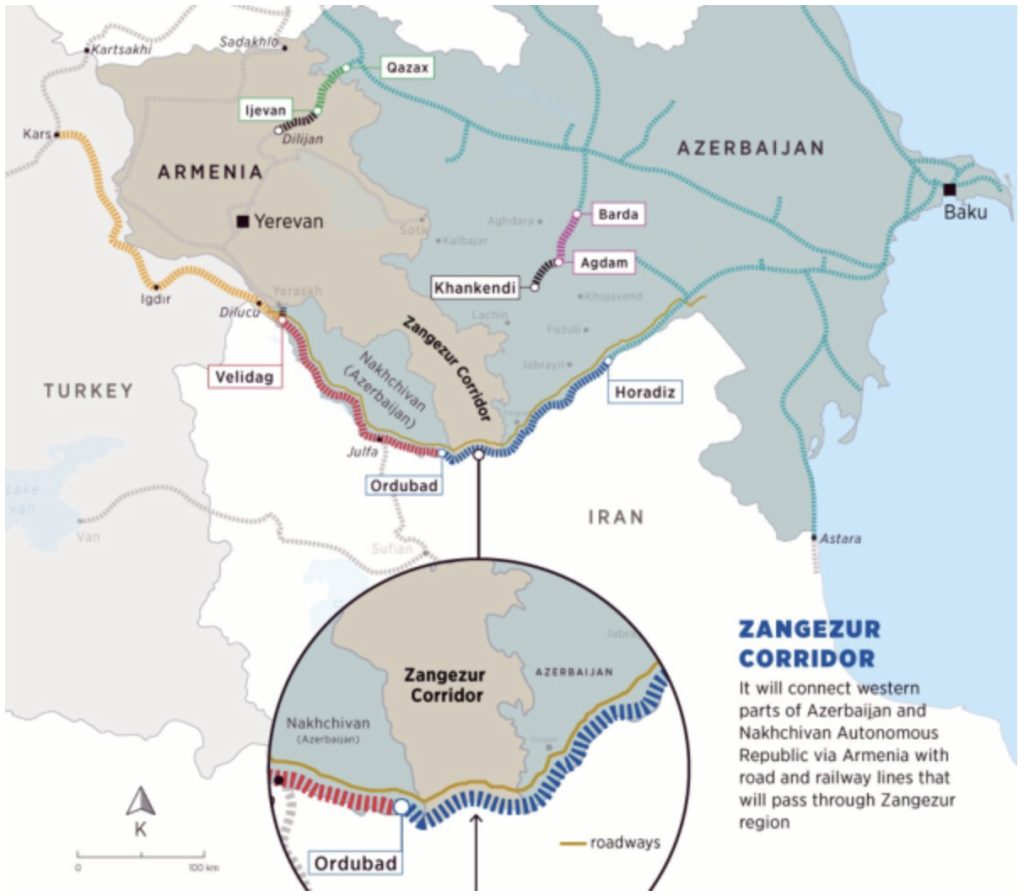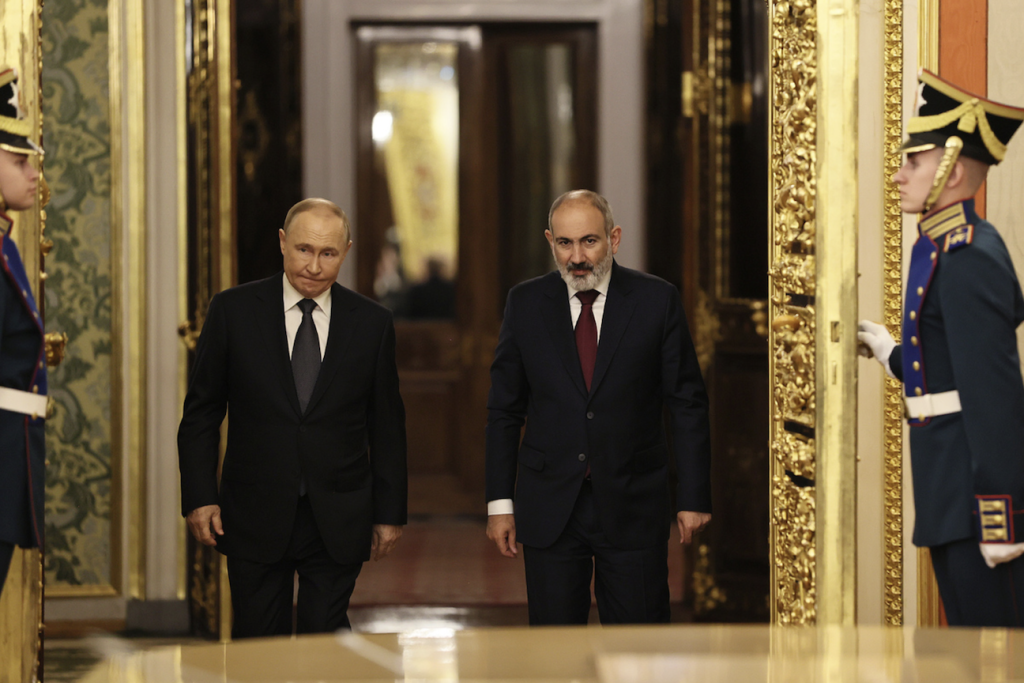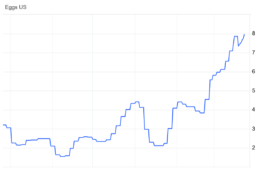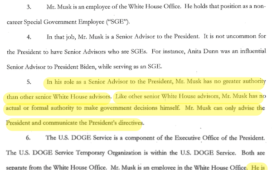Yesterday we looked at the relationship between Israel and Azerbaijan, Iran’s interests in the South Caucasus, and how the standoff between Armenia and Azerbaijan is being used to apply more pressure on Iran and has all the signs of a neocon divide and conquer scheme. ereHwe’ll examine the roles of three other major players in the Caucasus powder keg: the US, Türkiye, and Russia.
The US
Washington has another proxy lined up in Armenia, which has turned its back on its long-time ally Russia and remains at odds with its neighbors to the East and West, Azerbaijan and Türkiye, respectively. For more background on Armenia’s turn to the West see here, here, and here.
It’s enough here to say that the US is overseeing the peace process between Baku and Yerevan and has US armed forces representatives stationed in the Armenian Defense Ministry. Russian Foreign Minister Sergey Lavrov recently outlined the situation well:
“I hope, Yerevan is aware that any deepening of cooperation with the alliance may result in its losing sovereignty in the sphere of national defense and security…This cannot but cause our concern. We have repeatedly drawn the attention of our Armenian colleagues to the fact that NATO’s true goal is to strengthen its positions in the region and create conditions for manipulation based on the ‘divide and conquer’ scheme.”
Washington can now use its dominant position in Armenia to pressure Azerbaijan, Iran, and Türkiye.
What are its ultimate aims? According to State Department spokesperson Ned Price they’re entirely innocent:
Our only goal here is to see and to help these countries work together to bring about a comprehensive and lasting peace, and ultimately to save lives.
If you don’t believe that, there are plenty of other indications that Armenia is just another piece in Washington’s endless quest for global hegemony — and it matters little how many lives are extinguished to get there.
In this case, the US wants to use its position in Armenia to help subdue Iran, separate it from Russia, and spread Israel/US dominance through the region. The current National Defense Authorization Act already outlines several pillars of this in its “Black Sea security and development strategy” that can effectively be boiled down to “keep Russia and China out and the US and NATO in.”
What that envisions is an arc of “rules-based order” states from the Caspian to the Adriatic that would allow the US to exercise control over the movement of energy and goods through the region, and especially in the South Caucasus.
We can go back to O’Brien’s Nov. 15 comments during “The Future of Nagorno-Karabakh” House committee hearing for insight on the US intentions regarding these routes. Here’s what O’Brien said:
“A future that is built around the access of Russia and Iran as the main participants in the security of the region, the South Caucasus, is unstable and undesirable, including for both the governments of Azerbaijan and Armenia. They have the opportunity to make a different decision now.”
Neocon think tanks in Washington like the RAND Corporation and Middle East Media Research Institute have long advocated for stirring up trouble in the South Caucasus as another way to weaken Russia and Iran and potentially cause a rift between the two.
The US also wants to put up roadblocks for China. Azerbaijan and China signed a Joint Declaration on establishing a strategic partnership at this year’s Shanghai Cooperation Organization summit. The economic components of that agreement focused on cooperation in oil and gas production and transport infrastructure — i.e., continuing their pursuit of connectivity through the Middle Corridor, also known as the Trans-Caspian International Trade Route. Georgia’s turn away from the West and its selection of a Chinese consortium to build its Anaklia port (a whole other story in which the final chapter has yet to be written as the US and EU gear up for a color revolution attempt) highlight American challenges of holding back the tide in the region.

The US thinking is likely that if it cements peace between Armenia and Azerbaijan, gets an agreement on a trade corridor through Armenia, and continues to control Armenia, well, it then controls the trade corridor. That would be a success for the US. But it’s also akin to a game of whack-a-mole as there are other routes in development or already operational.
Nonetheless, on the Zangezur leg, from the US neocon perspective they’re looking at a win-win: either control or destruction, and they’re always okay with the latter.
Türkiye
The Atlantic Council argued in July that “to engage Türkiye, make it part of the plan.” Well, you’d think someone would’ve thought of that by now. So what exactly is Türkiye’s role in “the plan”? At least a few parts that would appeal to Ankara are counterbalancing Russia-Iran ties and promoting its status as an energy hub.
How does the Zangezur Corridor fit into those plans? Turkiye envisages it facilitating its trade with Central Asia and China and expanding its influence through the region at the expense of Iran’s. There was always the possibility that Turkiye might enter into a rapprochement with the West in order to achieve that goal as it would benefit both sides if the corridor is not under Russian control. The Zangezur corridor is a big deal for Türkiye, which believes it would lead to the country’s rise as a Eurasian Great Power. Here’s what Ankara envisions:
- A gas pipeline from Baku to Türkiye through the corridor.
- Increased leverage in negotiating gas prices with Iran.
- Resurrecting the Trans-Caspian pipeline and transporting that gas through Türkiye to Europe (A pipeline through a Nakhchivan corridor could help boost supplies to Europe to upwards of 31 bcm, although that would be years away, and ironically, due to its heavy investments in the Azerbaijani oil and gas sector, one of the bigger beneficiaries of any Brussels-Baku deals would be Russia. Azerbaijan is even importing more Russian gas itself in order to meet its obligations to Europe.
- A logistics corridor stretching to China.
- A railroad line from Türkiye to Nakhchivan could make Türkiye a regional transit hub in addition to an energy one.

The US-Türkiye relationship is always transactional, and lately there are signs something is afoot. There has been a lot of recent talk of Türkiye turning over S-400 in exchange for relief from the Countering America’s Adversaries Through Sanctions Act and readmission to the F-35 program. There has been no announcement on that, but there has been movement in other areas with big news coming out of Berlin.
Der Spiegel recently reported that Germany’s Federal Security Council, which meets in secret, is approving the sale of $368 million worth of heavy weaponry to Türkiye, as well as reconsidering Türkiye’s request to purchase Eurofighter warplanes.
An anonymous German official downplayed the decision to Middle East Eye yesterday, saying that naval weapons would be supplied, but the request for Eurofighters and tank parts would require guarantees on how Türkiye uses them.That could be the case; it could also be someone doing damage control as like in the US arms sales to Türkiye are often controversial politically.
Either way, the timing is interesting and it’s big news as it marks the end of a years-long unofficial embargo imposed by Western allies on Türkiye, which has hampered its defense sector development. According to Nordic Monitor, “At the forefront of countries posing difficulties in Türkiye’s procurement is Germany, which has been withholding export permits for firms supplying Türkiye with much-needed engines and power systems for its domestic projects.” Here’s the International Institute for Strategic Studies:
With development led by TAI, Turkiye has sought foreign partners, notably for aircraft design and local engine production. Following talks with a number of foreign partners, TAI contracted BAE Systems for aircraft design in 2017. Finding a partner for local engine production has proven more difficult; talks with Rolls-Royce, through a joint venture with Kale Group, have seemingly led nowhere. Instead, the MMU, now called Kaan, will be initially powered by US firm GE Aerospace’s F110 engine, previously assembled by Turkish Engine Industries (TEI) for the F-16, while Turkiye explores options. However, as China and Russia have found, developing next-generation aircraft engines is no easy feat. There is no guarantee that a purely indigenous effort will be successful, and it is highly likely to be hugely expensive. Turkiye may need to revisit a foreign partnership to ensure the Kaan project meets its ambitions.
Now, either Germany is acting independently or it got the green light from Washington. I would bet big on the latter. The question is, what did Türkiye give up in return? It could simply be the S-400 or it could be cooperation in other areas such as Syria or Iran. There has recently been more noise about the US pursuit of a Kiev-Idlib axis against Russia, which would need Türkiye’s tacit support. Moscow seems to be taking notice as its armed forces have conducted airstrikes on 27 different locations across Idlib over the last four days.
It’s important to note that despite all the war of words between Türkiye and Israel and overwhelming outrage in Turkiye against Tel Aviv, business between the two continues, just with a few new wrinkles.
The biggest issue for Türkiye continues to be the outlawed and despised Kurdish Worker’s Party (PKK) and US support of it. Here too, though, we have signs of big developments.
Journalist Amberin Zaman, who has strong Kurdish and American sources, claims at Al-Monitor that Türkiye is seeking some sort of peace agreement with the PKK.
Two of the sources said that Ocalan had been allowed recently to speak directly to the PKK leadership that is based in the Qandil Mountains in Iraqi Kurdistan. “Ocalan told them it was time to discuss laying down their arms,” one of the sources said. https://t.co/lXHfiFp7WB
— Amberin Zaman (@amberinzaman) October 10, 2024
The report suggests that the main reason for the effort is to prevent Iran from reaching out to Kurdish fighters to destabilize Türkiye during a possible escalation with Israel. Now why would Iran, which is up to its neck in problems with Washington and Tel Aviv, take the time to do that at such a moment?
Either that’s not the real reason Türkiye is seeking rapprochement with the PKK or Iran views Türkiye as part of the US-Israel axis which is threatening the Islamic Republic.
Türkiye has been at war with the PKK for the past decade and has largely pushed them into Syria and Iraq where they continue to do battle. Any deal would be quite the shocker, but if Erdogan and company see an opening for a larger victory, it wouldn’t be surprising to see them go for it and save the fight against the Kurds for a later date.
The rumors of a peace deal could also simply mean that Erdogan needs the support of the pro-Kurdish Peoples’ Equality and Democracy Party in order to pass a new constitution that would allow him to run for another term.
Russia
Russia is in favor of the Zangezur Corridor, as one of Moscow’s goals is to control transportation links from Dagestan to Zangezur, thereby guaranteeing Russia’s access to Middle East markets and link up to the International North-South Corridor from Russia to India.
But the devil is in the details. The issue holding up talks between Armenia and Azerbaijan is Point 9 of the trilateral statement signed between Azerbaijan, Russia, and Armenia in 2020 following the Second Karabakh War, which reads:
All economic and transport links in the region shall be unblocked. The Republic of Armenia shall guarantee the safety of transport communication between the western regions of the Republic of Azerbaijan and the Nakhichevan Autonomous Republic with a view to organize the unimpeded movement of citizens, vehicles and cargo in both directions. Control over transport communication shall be exercised by the Border Guard Service bodies of the FSS of Russia.
Azerbaijan continues to insist upon this point, while Armenia no longer wants Russian border guards present, and Pashinyan argues for silly solutions like Russia monitoring the corridor from afar.
It is now clear what the US-directed play has been all about in Armenia over the past year. To quickly recap:
- It was Armenia that moved peace talks to Western platforms, and it was during those meetings that Armenia agreed to officially recognize Nagorno-Karabakh as part of Azerbaijan.
- Once Armenia did so (and PM Pashinyan declared so publicly), the die was cast. The region was (and is) recognized as Azerbaijani territory by the international community but was overwhelmingly populated by ethnic Armenians. Roughly 100,000 of them fled to Armenia after Azerbaijan blockaded the region for months and then moved militarily to assert control in September – an operation that resulted in hundreds of deaths.
- Despite moving the negotiation process under the guidance of the West and publicly recognizing Nagorno-Karabakh as Azerbaijani territory, the Pashinyan government has sought to lay all the blame for its loss at the feet of Russia.
We can now see why. Armenian officials are arguing that since the 2020 agreement also included provisions about Russian peacekeepers in Nagorno-Karabakh and their control over a corridor that ran from Armenia to Nagorno-Karabakh, and since that all fell apart, the rest of the document is essentially null and void. But that telling omits the obvious point that the reason the Nagorno-Karabakh aspect of the agreement went by the wayside was because the Armenians agreed to recognize it as part of Azerbaijan.
Such arguments coming from Armenia and its American backers prove that they are unsurprisingly not agreement capable and unserious about coming to a solution.
Their true goal is to open the Zangezur Corridor under American control, and they continue to take small steps in that direction. Armenia continued its torpedoing of relations with Russia last week when it requested the removal of Russian border guards from the Armenian-Iranian checkpoint by January 1. Russia will comply. This development concerns Iran, which envisions Western guards moving into the place of the Russians.
Meanwhile, Moscow keeps patiently reminding Armenian officials that they’re likely making a big mistake by turning the country over to the US. Russia has not, however, responded with any economic measures despite Armenia being overwhelmingly dependent on Russia there. As Fitch Ratings notes, Armenia’s economy relies significantly on Russia for both trade and energy. For example, Armenia also currently pays Russia $165 per thousand cubic meters of gas, well below the market price in Europe, and Russia is Armenia’s number one trading partner. According to the Armenian government data, it accounted last year for over 35 percent of the South Caucasus country’s foreign trade, compared with the EU’s 13 percent share in the total.
Russia is almost surely able to be patient on the above-mentioned point 9 of the trilateral agreement because it is confident that Azerbaijan will not proceed with a deal that leaves Moscow out in the cold (Azerbaijan and Russia are heavily intertwined economically and enjoy close relations). Indeed, Baku continues to insist that Yerevan agree to the deployment of Russian border guards along the corridor. That would obviously not be an item the Americans want to see included in any agreement.

Armenian PM Nikol Pashinyan and Russian President Vladimir Putin at the Oct. 8 CIS Heads of State Council meeting. Source: The Office of the Prime Minister of Armenia.
Pashinyan is recently making statements about entrusting Zangezur’s security to foreign private security forces, which again shows a disregard for the 2020 agreement and leads one to believe he’s sowing the seeds for conflict that will almost certainly end badly for himself and Armenia.
For the American neocons, what do they care? If they set Russia and Iran’s backyard on fire and it somehow works out to their advantage, great; if not, they’re playing with house money. Sadly, in this case that is the Armenian people. And if the neocons play their hand poorly, as they so often do, it will be Armenia that gets smashed while the Americans shuffle along looking for the next sucker.














